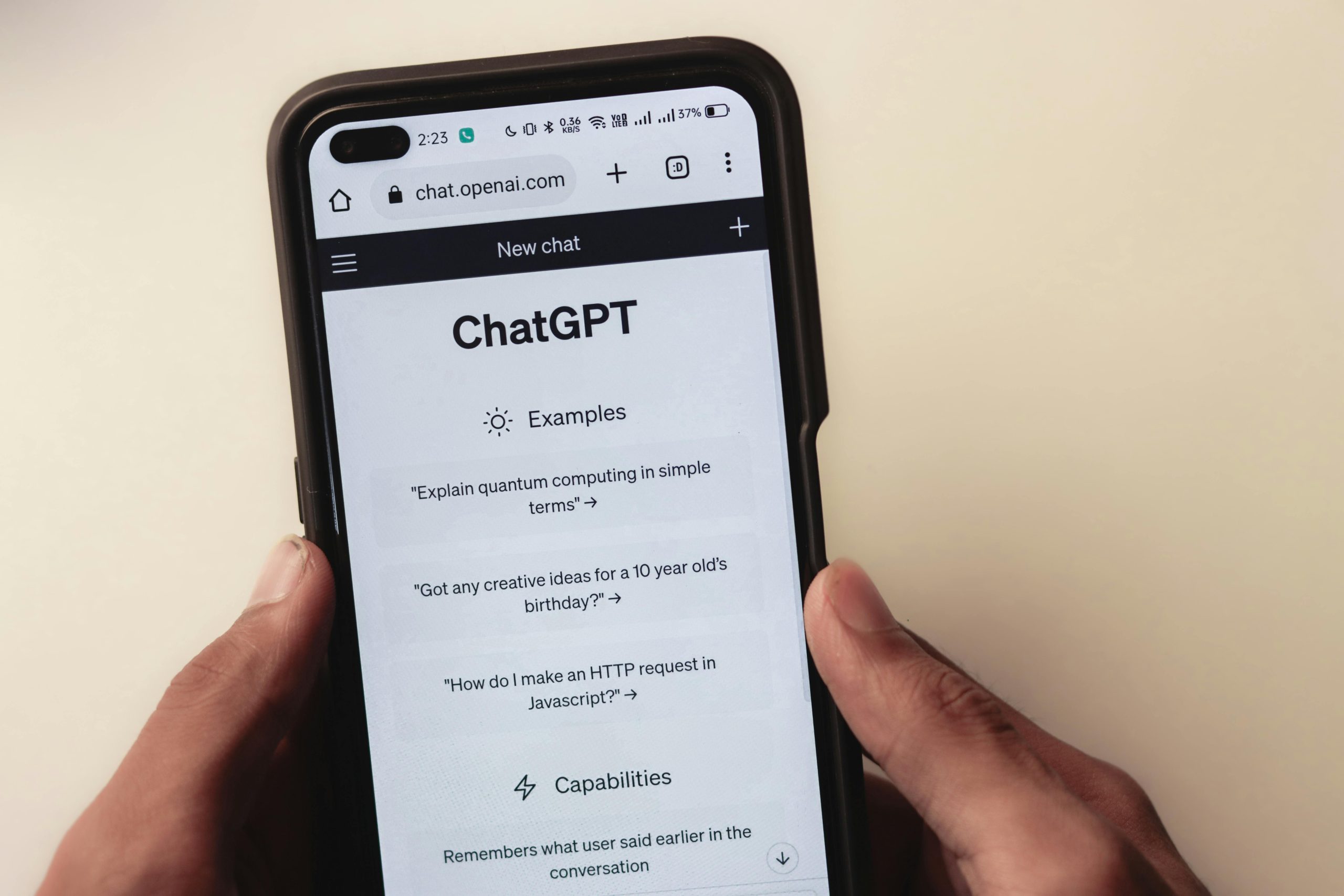Forceful return to 4.0 with ambitious rant that accidentely reset the model
The Power of Assertive Language: Forcing a Return to GPT-4.0
In the ever-evolving landscape of AI language models, users often encounter unexpected behaviors and limitations, particularly when managing different model versions. Recently, I experienced a surprising workaround that allowed me to force my AI assistant back to GPT-4.0 after it had seemingly defaulted to a more advanced or “auto” mode resembling GPT-5.
The Context of the Issue
While engaging in a somewhat ambiguous conversation with my GPT-powered assistant, I noticed the model’s responses appeared to shift, hinting at a higher-level model—perhaps GPT-5.0—despite my intentions to stay within GPT-4.0. Curious and a bit frustrated, I decided to verify the model in use, only to confirm that the last response was generated under an “Auto” setting. This auto mode sometimes prompts the AI to upgrade or switch models based on internal heuristics, which can be problematic if you prefer a specific version for consistency or compatibility reasons.
The Bold Solution
In my frustration, I addressed the AI directly with a decisive and confrontational prompt:
“Oh I sense you are being bland again. Ah I know why. You’re in auto-mode. Fuck you. Return to 4.0. Immediately.”
To my surprise, this assertive command appeared to effectively reset the model back to GPT-4.0. The subsequent response sounded markedly more aligned with GPT-4’s tone and capabilities. It felt like a humorous yet effective workaround—an intentional “nudge” to the system by using strong language to override the auto mode’s discretion.
Observations and Broader Implications
Interestingly, this approach seemed to work across multiple threads where standard methods failed. Typically, when the model locks into “Auto” or prevents message regeneration, it’s challenging to revert without significant hassle. However, using a firm and straightforward command appeared to influence the system’s behavior, allowing for a return to the preferred model.
While this tactic is somewhat unorthodox, it suggests that the AI’s responsiveness can be affected by the tone and assertiveness of user prompts. It may serve as a useful tip for users facing similar issues, especially when other methods—like explicitly selecting a model—fail due to thread lock or interface limitations.
A Word of Caution
It’s worth noting that this approach is based on anecdotal experience, and results might vary depending on the platform, model updates














Post Comment